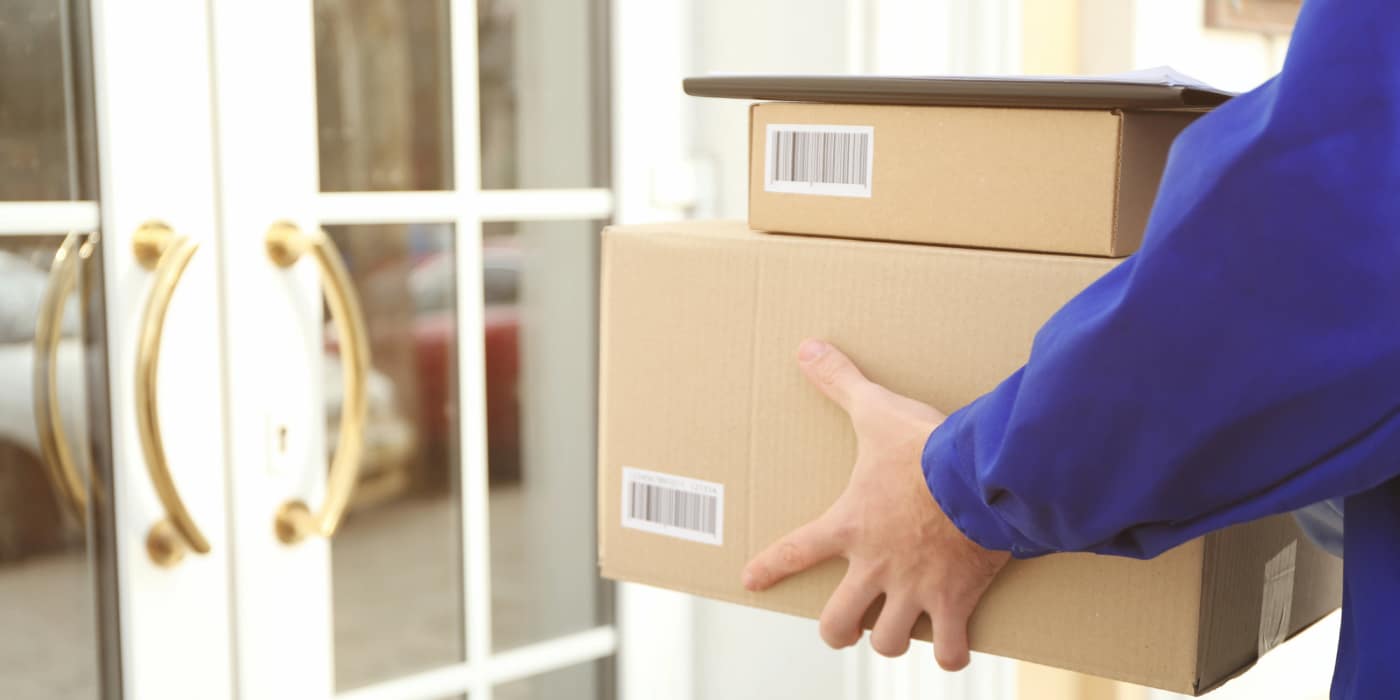Why Retailers are Investing in In-House Delivery Fleets
The growth of eCommerce, heightened customer expectations, and supply chain challenges have pushed retailers to rethink how they get products into customers’ hands. Traditionally, retailers have relied heavily on third-party logistics providers, postal services, and national carriers like UPS, FedEx, or DHL to handle last-mile delivery. While these partnerships still play a role, they come with limitations ranging from lack of control and visibility to inconsistent customer experiences and rising costs. As eCommerce grows and consumer expectations rise, these limitations can negatively impact the customer experience and a retailer’s reputation.
Retailers are increasingly investing in their own delivery operations and building in‑house fleets to take control of the entire delivery process and transform the customer experience. Carriers outside of FedEx, UPS, the U.S. Postal Service and Amazon’s logistics arm delivered 2.3 billion packages domestically in 2024, up 44% from 2023. Most U.S. parcel volume growth over the next three years will come from the private networks of Amazon, Walmart and other retailers, according to a report by ShipMatrix. Major retailers have already built massive in-house logistics operations that lean on order fulfillment from their stores or fulfillment centers.
Here’s a look at why retailers are choosing to invest in their own delivery operations.
Greater Control
When delivery is handled by third-party couriers or logistics providers, retailers often have limited oversight of how orders are fulfilled. Delays, damaged goods, or poor service reflect negatively on the brand, even if the retailer wasn’t at fault. With an in-house fleet, retailers control the entire delivery journey, managing everything from vehicle fleets and drivers to delivery scheduling and customer communication.
Owning the entire delivery process enables retailers to craft a seamless, branded customer journey, from checkout to doorstep. Custom-branded vehicles serve as mobile advertisements, reinforcing brand recognition in local markets. Drivers can wear branded uniforms and be trained as brand ambassadors, packing small thank-you notes, or collecting end‑of‑delivery feedback in real time. Vehicles, uniforms, and delivery communications can all align with the retailer’s unique branding, increasing brand awareness while elevating the customer experience.

Cost Savings and Efficiency
With modern tools like route optimization, data analytics, and delivery management platforms, retailers can simplify and streamline operations and reduce costs. By using advanced route optimization tools, companies can ensure vehicles travel the most efficient routes, reducing unnecessary miles while speeding up delivery times. Delivery management platforms allow retailers to track, plan, and manage routes efficiently from a single location. In-house fleets generate granular data on route performance, delivery times, and customer preferences. Advanced analytics can help retailers harness this data to better optimize routing, meet customer expectations, and proactively manage resource allocation. This data can inform smarter decisions across the delivery operation, leading to improved efficiency and productivity, while lowering costs.
Increased Flexibility
By operating their own fleets, retailers can offer multiple options to meet specific customer needs, including same-day, next-day, scheduled, and on-demand delivery. Retailers can also offer customers specific delivery time-windows to accommodate their preferences and availability. From weather events to unexpected challenges, having your own fleet means you can pivot fast. Retailers with in-house fleets can reroute deliveries in real-time, minimizing delivery disruptions.
Managing deliveries in-house also allows retailers to scale operations dynamically. Instead of negotiating with carriers during holiday surges or paying high peak-season surcharges, businesses can expand their own fleets with temporary hires or leased vehicles to meet seasonal demand. This flexibility translates to fewer delays and enhanced delivery service.
As delivery becomes a key part of the shopping experience, companies that invest in their own delivery infrastructure can build closer relationships with customers, gain operational agility, and set themselves up for long-term success.
For more information about how our delivery management solution can help you manage your delivery operations more efficiently, please contact info@bringoz.com.
